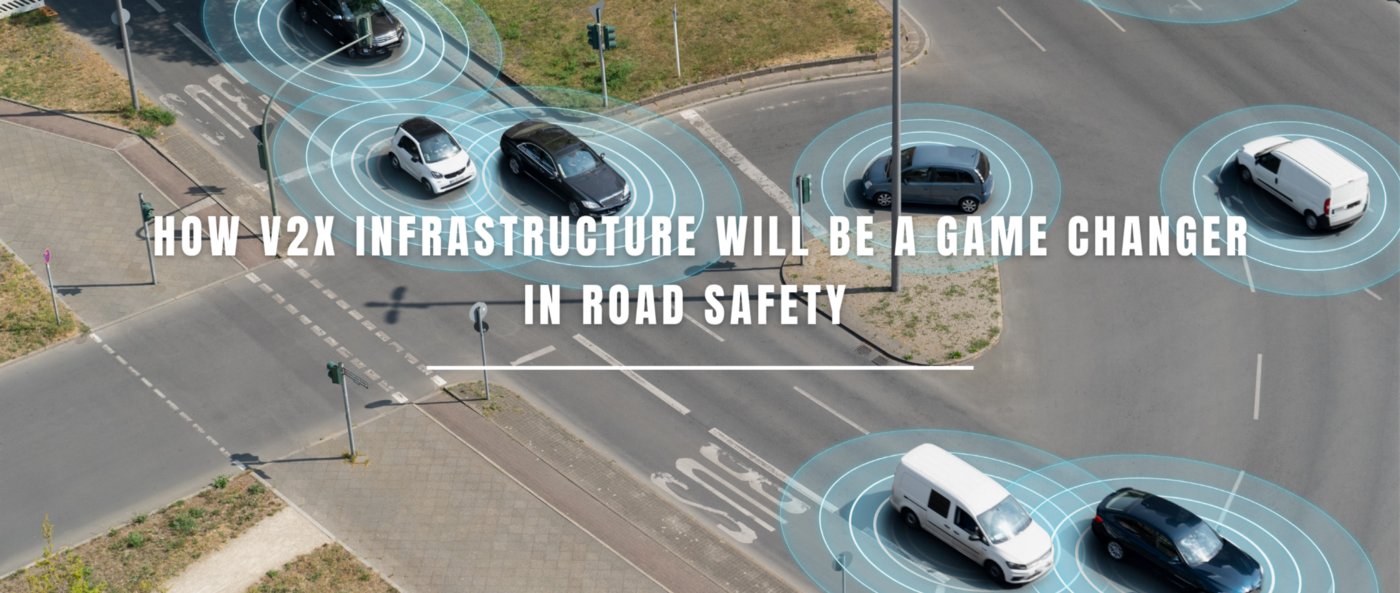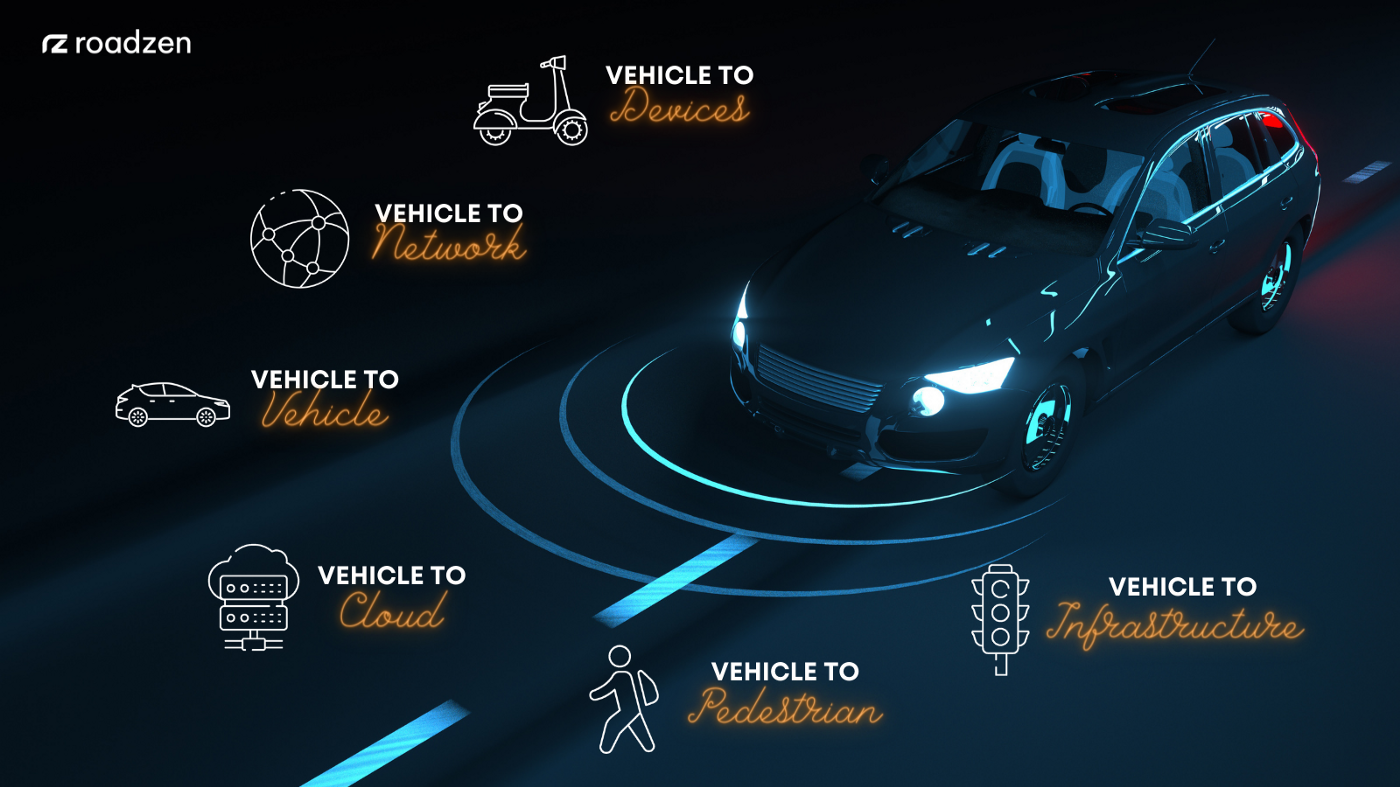In addition to getting the auto industry closer to delivering a product that will truly assist autonomous driving, Vehicle-to-everything or V2X, is all set to change the way we drive, make transportation safer, reduce traffic congestion, and climate impact of vehicles.

As the automotive industry undergoes a series of transformations, thanks to accelerated digitization and connected mobility, conventional vehicles are becoming intelligent vehicles, equipped with advanced communications systems.
Vehicle-to-everything or V2X, has evolved into an integrated communication system for vehicles that is making a smart vehicle, which is always connected to its environment — a mainstream reality now. Essentially, V2X is a true Internet-of-Things application scenario, where cars will be able to seamlessly communicate with mobile devices, other vehicles, and infrastructure.
But it is the widespread rollout of 5G that is all set to have a profound impact on the automotive industry. With 5G, V2X technology is at long last, getting the capability and widespread deployment required to make driving safer, smarter, and more predictable. Robust 5G gives V2X technology the potential to eliminate or reduce the severity of up to 80 percent of auto accidents while dramatically reducing highway travel time and fuel consumption. 5G will enable V2X to become a ubiquitous wireless communications system that connects vehicles, roadside infrastructure, and vulnerable road users such as pedestrians and cyclists to improve safety, energy efficiency, and traffic speed.
V2X is About a Safer, Smarter Mobility Ecosystem
V2X communication allows vehicles to relay data wirelessly between two vehicles and to smart infrastructure by enabling vehicles in transit to develop 360-degree awareness of the surrounding environment.
Comprising of Vehicle-to-Infrastructure (V2I), Vehicle-to-Network (V2N), Vehicle-to-Vehicle (V2V), Vehicle-to-Pedestrian (V2P), Vehicle-to-Device (V2D), and Vehicle-to-Grid (V2G) connectivity, V2X also includes advanced IoT technologies such as biometric seat technology, and autonomously managed municipality and highway system.

It falls in the class of Non-Line-of-Sight communications that can enhance the safety of self-driving cars when approached by unmanned or unseen intersection. It forms a connected network for vehicles to communicate with roadside infrastructures like traffic lights and signs. Data from V2X communication can be further used by intelligent transport systems to improve traffic management. It can enable lane management systems, where vehicles can digitally switch lanes based on the traffic patterns, and platooning, which is a connectivity feature for vehicles following a set path to accelerate and brake simultaneously.
V2X has evolved by integrating cellular 5G and New Radio (NR) access technology in V2X communications. It can fulfill the ever-evolving vehicular application, communication, and service demands of connected vehicles, which are ultra-low latency, ultra-high bandwidth, ultra-high reliability, and security.
Low latency communication vehicles can discuss which lane they will use, at which time to let each other through, how to navigate normally crowded intersections, and so on. In addition to deploying intelligent communication that can solve traffic woes, and enhance road safety, V2X enables seamless in-transit infotainment, advanced parking assistance, roadside assistance, remote diagnostics, and telematics for autonomous self-driving vehicles.
5G is the Connectivity Game Changer
The introduction of 5G networks will now pave the way for the widespread adoption of V2X technologies. 5G networks support over 1,000 more devices per meter and deliver peak speeds that are over 20x faster than 4G networks. The 5G standards contain several innovations that will change the game for V2X technology, enhancing road safety, and enabling more efficient vehicle transportation.
While the existing LTE-V2X can enhance automotive safety and enable the broadcast of safety messages, 5G can seamlessly provide fast, reliable low latency, low failure tolerance connectivity, greater responsiveness, higher reliability, and wider bandwidths. As a faster, more reliable networking technology that will be everywhere, 5G is poised to move V2X forward.
Many of the enhancements are related to so-called ultra-reliable low-latency communications or URLLC — one of the most widely lauded 5G use cases. URLLC is composed of two separate groups of technologies, one that improves communications reliability and another that dramatically reduces latency. URLLC is necessary to enable many of the most advanced V2X features — vehicle platooning, coordinated driving, remote driving, sensor data sharing for collective situational awareness and collision avoidance, and real-time traffic and infrastructure updates.

For instance, one type of non-line-of-sight application often held up to demonstrate the benefits of V2X are blind intersection alerts. Blind intersection alerts enable vehicles in the general proximity of another vehicle approaching a blind intersection to send warning messages, notifying the car of something that the driver of that vehicle most likely cannot see, such as a pedestrian about to cross the vehicle’s path.
Highly secure URLLC communications have a latency of no more than 1 msec. To put this in perspective, the average reaction time of the human brain to audio stimulus is more than 150 msec or about 150 times longer than the time between the transmission and reception of a URLLC transmission. In other words, the transmission speed of a URLLC communication is almost instantaneous, much faster than it takes your mind to react to the sound of a horn honking. This means V2X will enable and address safety applications that are crucial for a driver’s rapid, robust, and timely performance.
Since, 5G connectivity will be ubiquitous with connections available in everything from handsets, to IoT, parking meters, traffic signals, buildings, traffic cameras, buildings, and more, it will facilitate native support for peer-to-peer communication and large data transfers such as sharing of sensor data among cars, position sensing, and high-definition maps. The V2X infrastructure will now be capable of red-light running warnings, rear-end crash protection, curve speed warnings, road weather warnings, like black ice, eco-driving, and personalized traveler information.
原文:How V2X Infrastructure Will Be a Game Changer in Road Safety | by Roadzen | Medium

